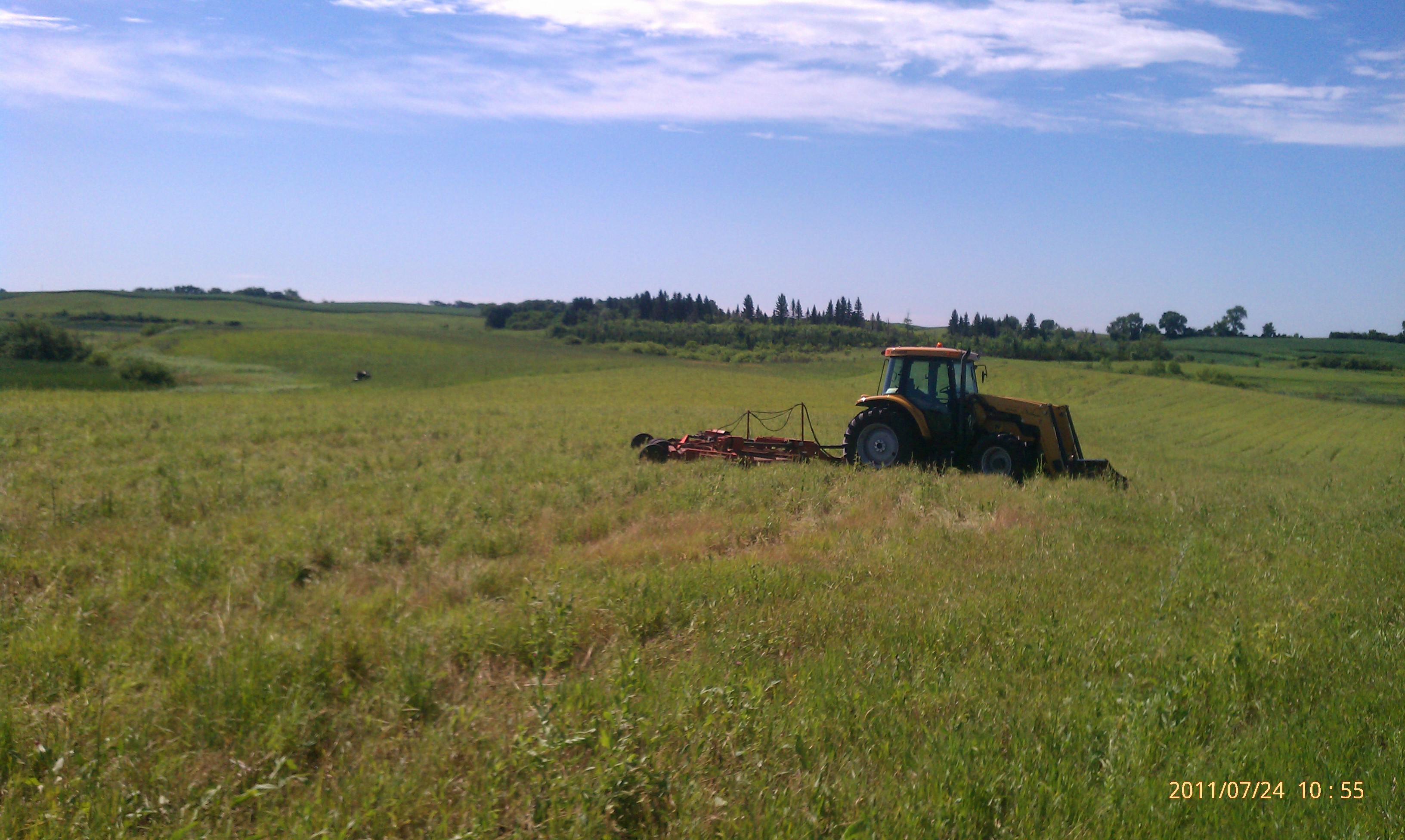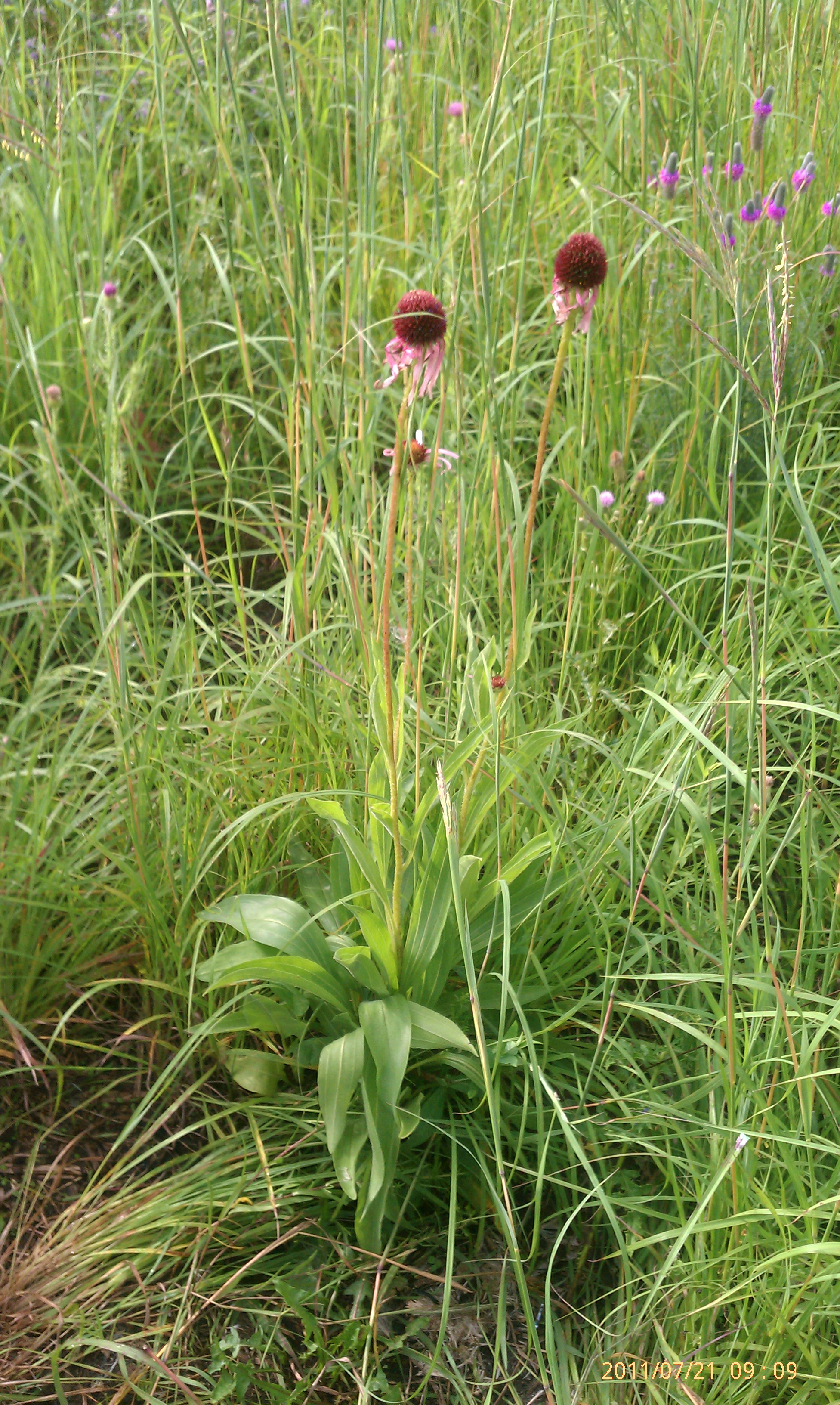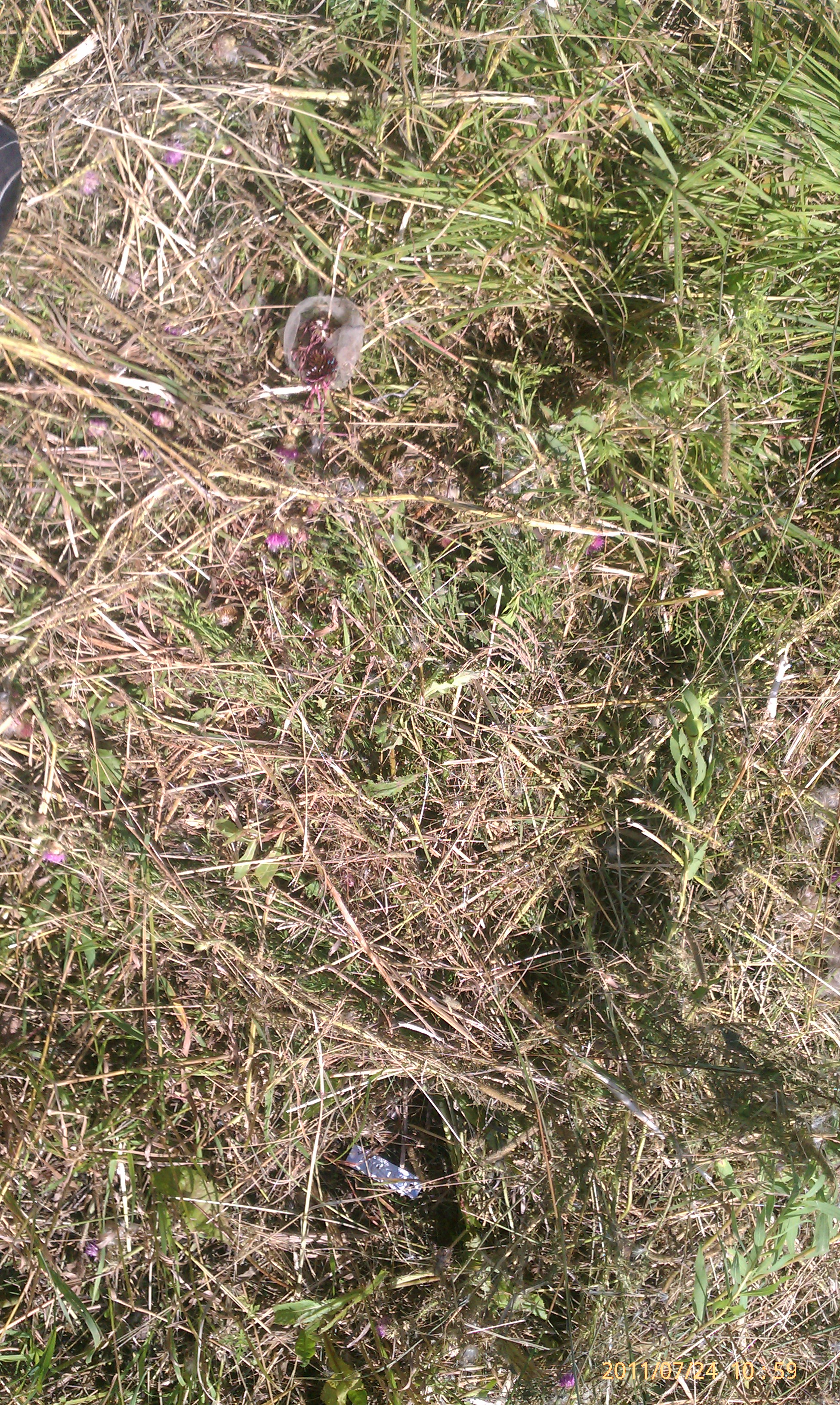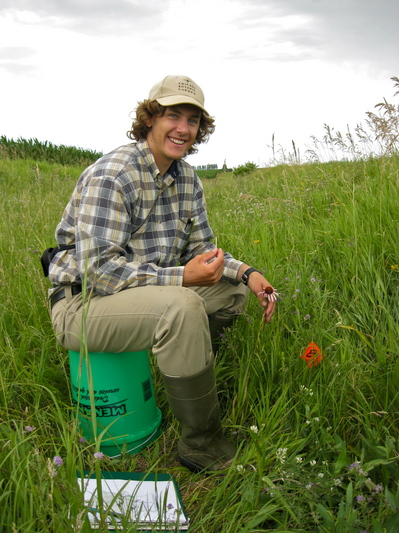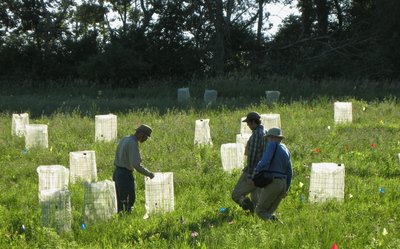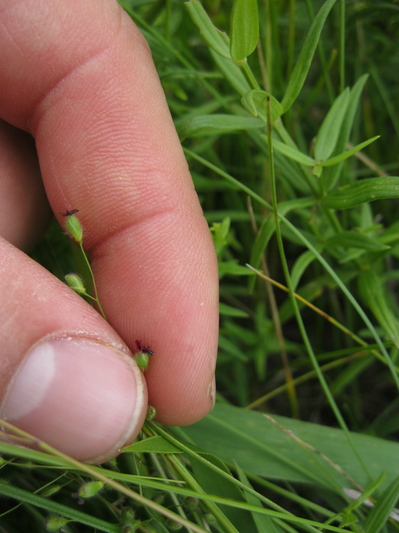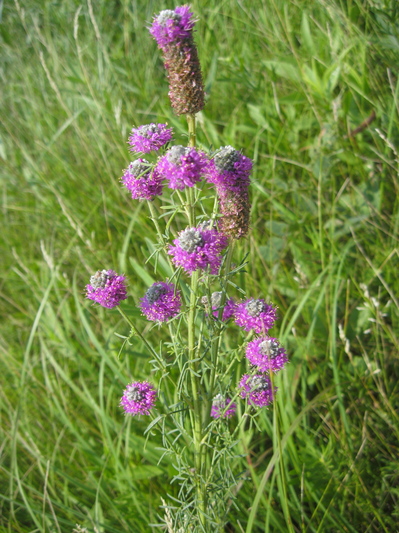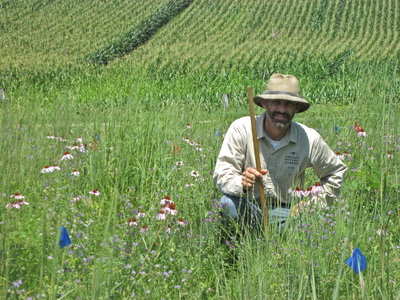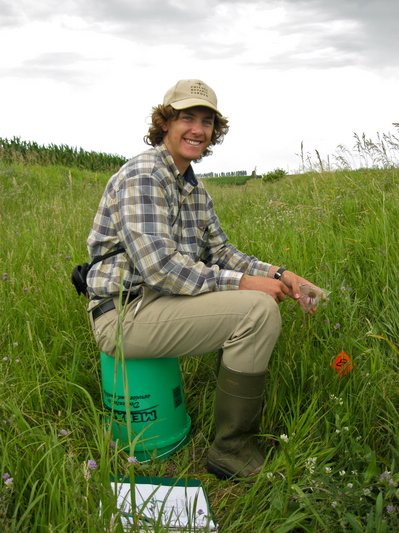I have started work on analysis of my style shriveling data from the crosses between Echinacea pallida and Echinacea angustifolia. Attached is the R code I have so far.
|
||||
|
Here’s the final dataset for my compatibility experiment. The experiment is officially ended today (I collected the last bit of data). The dataset contains GPS data (column name distBetween). I missed one plant while GPS-ing, so I used the hand-measured data (for flag #6 at Nessman’s). I also corrected several errors in the datasheet. Data for Analysis — cswitzer — 31 July 2011.csv We spent some time GPS-ing the plants, so we could get the exact distances between them. Here is a csv file with the gps data.
I have been working on analyzing all my data. I looked at plots of each of my individual sties, as well as all the data combined. The data are almost exactly opposite of what I expected.
Here’s a picture of Josh, Amber Z, and I out in the field (having a lot of fun). My days of research at the landfill are coming to an end! I’ll be doing the last of my crosses there tomorrow and observing the results on Monday. This is my CSV file with information on my pollen crosses between Echinacea pallida and Echinacea angustifolia. It will be used in the analysis of that data. Last week (well, 9 days ago), we headed north to the Crookston area to survey the Western Prairie Fringed Orchid (Platanthera praeclara). View image View image View image Edited by cswitzer. 25 July 2011
Characteristics of a good CSV file: See this example: https://echinaceaproject.org/wp-content/uploads/2011/07/preliminary-analysis-for-calli.html Here is the csv file to use for my compatibility of Echinacea in the remnants. Preliminary analysis–july 25 2011.csv Here’s a picture of what we were doing to collect this data! It’s been a busy week for everybody. Plants are blooming, pollen is shedding, and everyone is dashing about madly to catch the field season before it passes us by. I have been running around like a chicken with its head cut off trying to get ready for my aphid addition/exclusion experiment. Everyone has been a wonderful help setting up cages in this sweltering heat. My goal for this week is to finish my first round of experimental treatments: exclusion on Thursday and addition on Friday. Before then, I need to finish setting up nets and teach everyone how to wrangle aphids. Here is a protocol I wrote up to assist the teaching process and the data sheets I mention in the protocol. These are works in progress, so any feedback is appreciated. AphidExclusionCollectionProtocol2011.doc aphidcollectionoutsideExpt.xls aphidinfestation.xls Katherine |
||||
|
© 2024 The Echinacea Project - All Rights Reserved - Log in Powered by WordPress & Atahualpa |
||||



